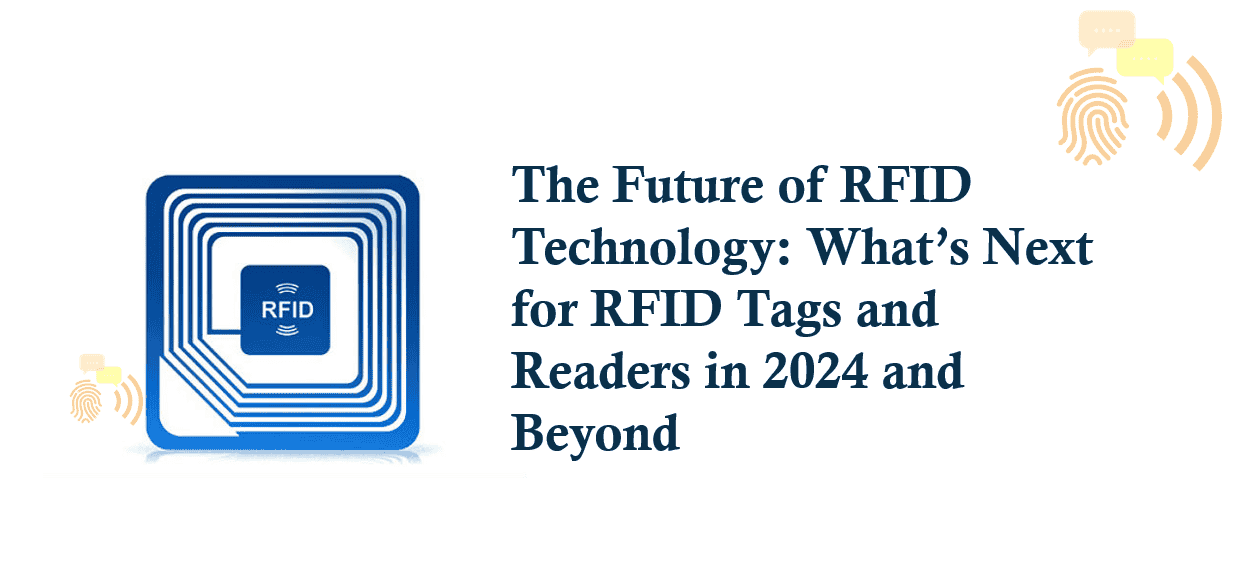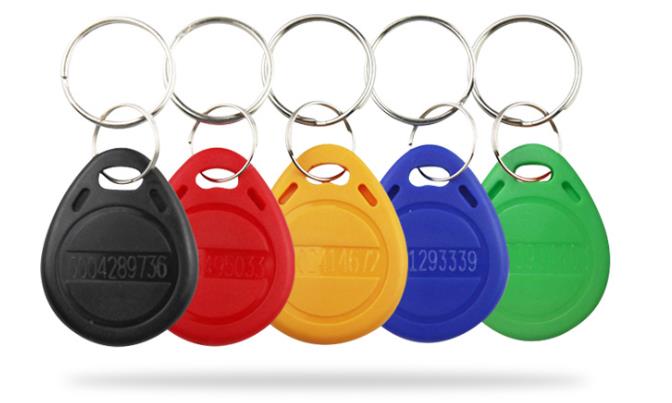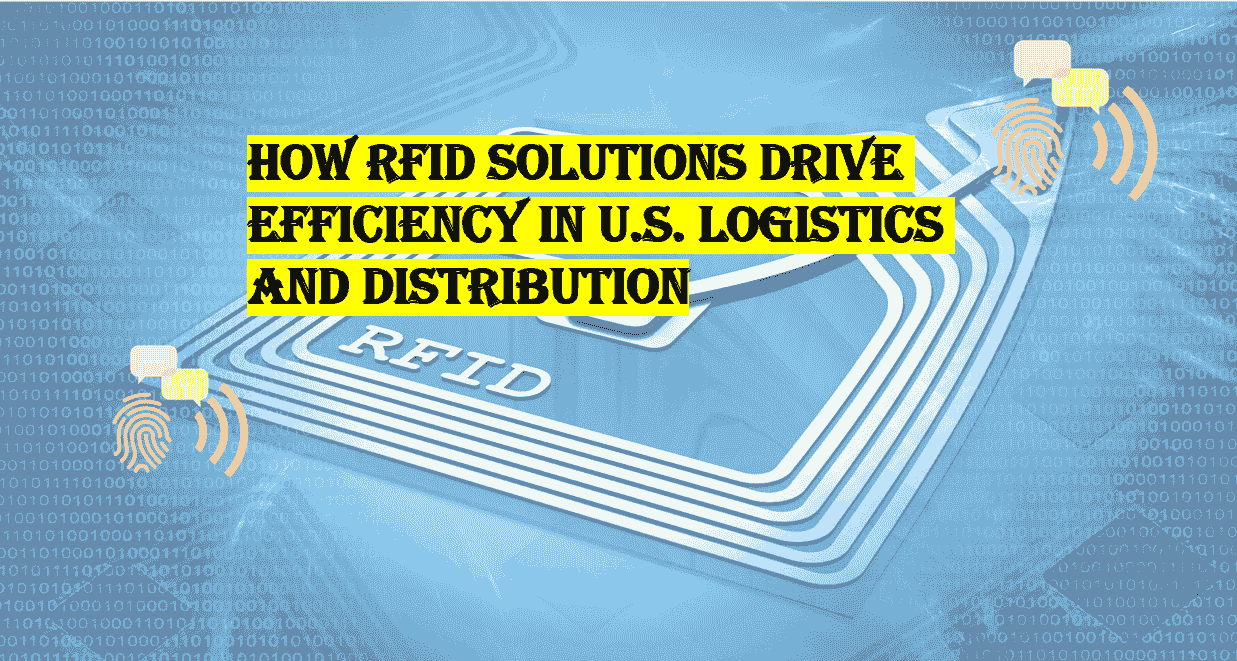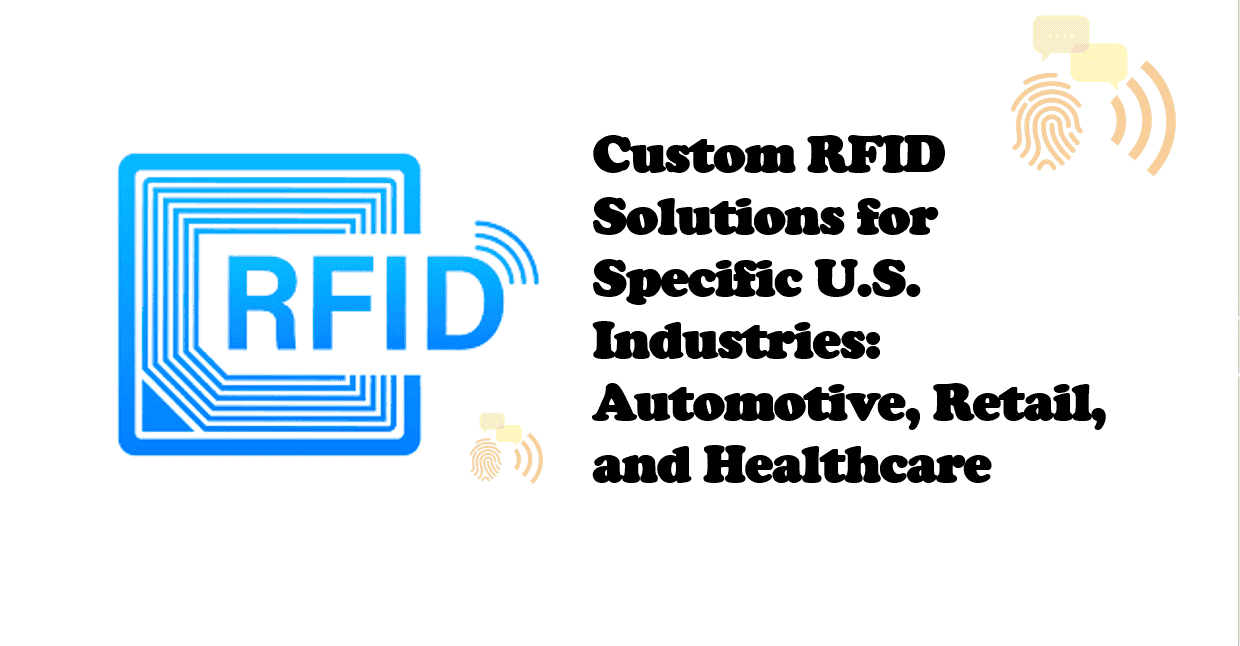The Future of RFID Technology- What’s Next for RFID Tags and Readers in 2024 and Beyond

The Future of RFID Technology: What’s Next for RFID Tags and Readers in 2024 and Beyond
Radio Frequency Identification (RFID) technology has revolutionized the way industries track and manage assets, inventory, and even people. Over the past few decades, RFID systems have evolved from simple barcodes to sophisticated tracking solutions with far-reaching applications across logistics, healthcare, retail, and more. As we approach 2024, the future of RFID technology is poised for even greater advancements. Let’s delve into what RFID trends 2024 might bring, along with new RFID developments that promise to reshape the landscape.
Table of Contents
The Current State of RFID Technology
Today, RFID technology typically consists of RFID tags, which store data, and RFID readers, which retrieve that data. RFID tags come in two main types: passive (no battery) and active (battery-powered), and they operate through radio waves. The use of RFID technology has surged in recent years, primarily due to its ability to enhance efficiency, improve supply chain visibility, and reduce human error.
However, as businesses continue to demand higher levels of precision and automation, the next wave of RFID technology is already taking shape. The key focus areas for RFID in the coming years will include smarter, more versatile tags, integration with other emerging technologies, and enhanced data analytics capabilities.
RFID Trends 2024: A Look Ahead
1. Miniaturization and Integration
One of the most exciting RFID trends in 2024 will be the continued miniaturization of RFID tags and readers. Smaller tags are expected to become even more versatile, enabling their use in more compact and unique environments. As these tags become less intrusive, we will see their integration into consumer goods, packaging, and even clothing.
In particular, RFID will be embedded into everyday objects and apparel, allowing for more seamless interactions between the physical and digital worlds. From tracking garments in retail stores to monitoring health data through wearable RFID-enabled devices, miniaturized RFID tags will open new possibilities in both consumer and industrial applications.
2. Enhanced Data Security and Privacy
As the deployment of RFID technology increases, so do concerns about data security and privacy. In 2024 and beyond, there will be a significant push to enhance the security of RFID systems. Innovations such as encrypted RFID tags and more advanced reader security protocols will help safeguard the data being transmitted.
New RFID developments in this area will likely focus on making it harder for unauthorized parties to access the information contained within RFID tags. This is particularly important for industries like healthcare and finance, where data sensitivity is paramount. With stronger security measures in place, RFID adoption in sensitive sectors will become more feasible.
3. Integration with IoT and AI
Another major trend for RFID technology in 2024 is its increasing integration with the Internet of Things (IoT) and Artificial Intelligence (AI). By connecting RFID systems with IoT devices, businesses can gain more granular insights into asset management, inventory tracking, and supply chain optimization.
AI-powered RFID systems will be able to predict when items need restocking, detect anomalies in real-time, and automate workflows. As RFID readers become more sophisticated and connected, companies will be able to gather real-time, actionable insights that drive operational efficiencies, reduce waste, and improve decision-making.
4. Improved Range and Speed
RFID technology is also expected to see improvements in range and speed in the near future. Long-range RFID tags, capable of reading items from hundreds of meters away, will be commonplace by 2024. These advanced tags will offer increased reliability and faster scanning, even in dense environments like warehouses and retail settings.
In addition, the speed of RFID readers will continue to improve, enabling businesses to process larger volumes of data faster. These advancements will be crucial for industries such as logistics, where time-sensitive operations depend on swift inventory checks and real-time tracking.
5. Blockchain Integration
The integration of RFID and blockchain technology is another exciting development on the horizon. Blockchain’s tamper-proof ledger system offers a secure, transparent way to track the movement of assets across the supply chain. When paired with RFID tags, blockchain can provide a more robust way to ensure product authenticity, prevent counterfeiting, and guarantee ethical sourcing.
For example, RFID and blockchain can be combined to track the journey of a product from production to delivery, creating a transparent, immutable record that can be accessed by all parties involved in the supply chain. This combination promises to revolutionize industries like pharmaceuticals, food safety, and luxury goods, where traceability is critical.
The Ultimate Impact of RFID Technology in 2024 and Beyond
As we look toward the future of RFID technology, it’s clear that RFID tags and readers will continue to evolve into smarter, more efficient tools that offer greater versatility and enhanced security. The synergy between RFID, IoT, AI, and blockchain will drive the next generation of RFID systems, leading to more automated, secure, and data-driven industries.
Moreover, the widespread adoption of miniaturized and integrated RFID tags will ensure that RFID technology moves beyond industrial applications and becomes part of everyday life. From retail stores to healthcare facilities and even smart cities, RFID technology will be at the heart of numerous innovations.
The future of RFID technology, bolstered by new RFID developments, promises to reshape industries across the globe, creating opportunities for businesses to achieve unprecedented levels of efficiency, security, and automation. As RFID trends in 2024 and beyond continue to unfold, companies that embrace these advancements will be well-positioned to remain competitive in an increasingly interconnected world.
Related Products
Here are some relevant statistics and facts that you can include in the article to support the discussion on the future of RFID technology:
1. Global RFID Market Growth
- According to Markets and Markets, the global RFID market size was valued at USD 11.4 billion in 2022 and is expected to grow at a CAGR of 14.5% from 2023 to 2030. This rapid growth highlights the increasing adoption and importance of RFID technology across industries.
2. RFID in Retail
- A 2023 report by Zebra Technologies revealed that 82% of retailers are using RFID technology to improve inventory accuracy, with over 90% of those retailers experiencing a reduction in inventory-related errors. RFID helps increase operational efficiency and customer satisfaction by enabling better stock visibility and faster checkout processes.
3. RFID in Supply Chain Management
- According to the Aberdeen Group, businesses that implement RFID in their supply chains experience an average 30% improvement in inventory accuracy and a 10% reduction in stock-outs. This improves supply chain efficiency and reduces operational costs.
4. Advancements in RFID Range and Speed
- The development of long-range RFID tags has made it possible for companies to track goods over larger distances. Some advanced active RFID tags now have ranges up to 100 meters or more, compared to traditional passive tags that typically have a range of 3-10 meters. This improvement enables better tracking in large-scale operations like warehouses and transportation hubs.
5. RFID and Blockchain
- A 2019 study by IBM indicated that 75% of global supply chain executives planned to integrate blockchain with RFID technology in order to enhance transparency and reduce fraud. Blockchain’s ability to securely store and track data combined with RFID’s real-time capabilities offers a powerful solution for ensuring product authenticity and traceability.
6. RFID Adoption in Healthcare
- In healthcare, 85% of healthcare professionals reported using RFID for asset tracking, inventory management, and patient safety, according to a 2019 survey by GS1. RFID has been particularly beneficial for reducing errors, ensuring the proper use of medical equipment, and tracking pharmaceuticals to prevent counterfeit products.
7. Impact of AI on RFID Systems
- The integration of AI with RFID systems is expected to enable more intelligent operations. By 2025, 40% of RFID systems are predicted to incorporate AI-driven features like predictive analytics and anomaly detection, which will allow businesses to optimize inventory management, reduce waste, and improve operational efficiencies.
8. Privacy Concerns and Security Measures
- A 2023 survey by the European Commission found that 56% of consumers were concerned about the potential for unauthorized RFID data access, underscoring the importance of integrating advanced encryption and security protocols in RFID systems to address privacy issues.






